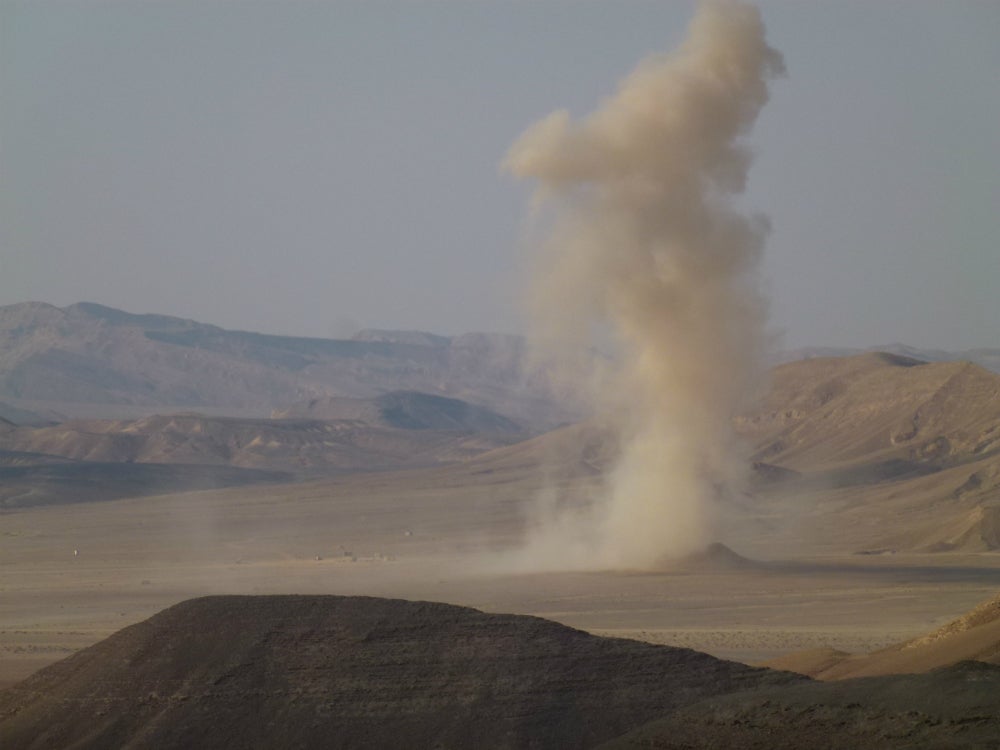HSS Under Blast Loading
The blast resistance of buildings, and indeed much of our critical infrastructure, has become an increasingly important design element. Embassies, consulates, government buildings, petrochemical facilities and many key civilian structures are considering blast protection as a design feature. In fact, both the US (ASCE Standard 59-11: “Blast Protection of Buildings”) and Canada (CSA S850-12: “Design and Assessment of Buildings subjected to Blast Loads”) have national blast design standards for civilian buildings. A design guide tailored to blast design of steel structures is imminent from the American Institute of Steel Construction (AISC), and another is already published under the “Steel Tips” series (“Notes on Blast Resistance of Steel and Composite Building Structures”), by A. Astaneh-Asl, Structural Steel Education Council, 2010.
Reinforced concrete is known to spall under blast loading and the concrete cover beyond the steel reinforcement has been a source of human injury from projectile pieces. Steel structures, on the other hand, represent a significant advantage because they fragment under blast into considerably fewer pieces (if any). Composite HSS members even shield the concrete inside the hollow section from direct exposure to the blast. Thus, bare steel or concrete-filled HSS are preferred sections for blast-resistant members.


Earthquakes and blasts both represent dynamic loads for a structure but earthquakes shake the whole building from the ground up, usually last many seconds or even minutes, and they engage the lateral force-resisting system for the whole building. Blasts, on the other hand, create a shock wave or impulsive load on just part of a structure, last milliseconds, and cause damage to members, floors and façades locally. Providing progressive collapse of part or all of the structure is averted, damage is usually contained. Blast loading may be imposed on a structure from any direction and this uncertainty makes round or square HSS an ideal design element because such sections, unlike W-shapes, have no “weak axis” in bending. Another advantage of HSS over wide flange or I-shaped sections is that the latter – if relatively thin – are susceptible to flange folding and web dishing under high blast pressure. Such local distortions of the W-shape cross-section reduce the radius of gyration and further lower the buckling strength of the member.
In general, when designing blast-resistant steel structures, material strengths should be increased by a “dynamic increase factor” of 1.1 to 1.2 (ASCE 59-11) for Single Degree of Freedom analysis, to account for steel behavior under very high strain rates, and connections must be very robust. ASTM A1085 material would be the preferred choice for blast-resistant HSS designs because this new production specification includes a Charpy V-notch requirement (25 ft-lb at 40oF), which ensures a product with improved toughness over ASTM A500.
